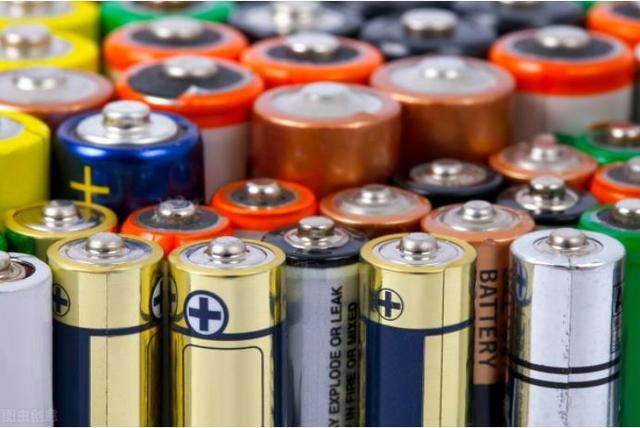The Battery Directive 2006/66/EC is a battery regulation established by the European Union to reduce the production of harmful batteries and batteries, improve the recycling, disposal and recycling rates of used batteries and batteries, and increase the collection and recycling of batteries and battery waste. . Covers all battery types (batteries for security and military equipment in Member States, except for space batteries). Only applies to old batteries containing various cadmium, mercury and lead Directive 91/157/EEC, expanded scope.
The main contents include:
(1) The mercury content in batteries is prohibited to exceed 0.005% (except for button batteries with a mercury content of more than 2%); the cadmium content in portable batteries and batteries is prohibited to exceed 0.002% (except for batteries used in alarm systems, medical equipment and cordless power tools).
(2) All consumed batteries in the market need to be recycled. The recovery rate should be at least 25% in September 2012 and at least 45% in September 2016.
(3) The battery recycling rate in 2011 should reach the following targets: at least 65% for lead-acid batteries and batteries, at least 75% for nickel-cadmium batteries and batteries, and at least 50% for other batteries and batteries.
(4) End users need to be informed in the following ways:
Through promotional materials, inform about the potential impact of batteries or substances in batteries on the environment and human body, and the collection and recycling methods of waste batteries;
be informed directly at the point of sale;
For visual identification on batteries, the following information should be included: recycling logo, battery or battery capacity, chemical symbols Hg, CD and Pb (if mercury, cadmium and lead exceed 0.005%, 0.002% and 0.004% respectively).
(5) Battery manufacturers (including every manufacturer that sells batteries on the market of member states) must bear the cost of recycling and disposal. If an electrical or electronic product is equipped with a battery, the manufacturer is also considered a battery manufacturer. Battery manufacturers must register in the EU member states where they sell batteries.
Battery CE certification means that the battery has passed the main requirements of the European Battery Directive, and is allowed to enter the EU market through the corresponding conformity assessment procedures and manufacturers.

Requirements for the content of hazardous substances in the Battery Directive:
(1) Prohibit the sale of batteries and batteries with a mercury content of more than 0.0005% (button batteries with a mercury content of less than 2% are exempted from October 1, 2015);
(2) Prohibit the sale of batteries and batteries with a cadmium content exceeding 0.002%, exempt for use in emergency and alarm systems, including emergency lights and medical equipment (radio tools are exempted on December 31, 2016).
(3) The new Battery Directive expands the original prohibition to prohibit the placing on the market of portable batteries and batteries containing more than 0.002% cadmium and batteries containing cadmium for use in cordless power tools-2016.12.31.
(4) The new directive also prohibits the sale of button batteries with a mercury content of less than 2% by weight. The ban will apply 21 months after the directive comes into effect. (For battery instructions, find Maike test)
Implementation of the European Battery Directive 2006/66/EC in other countries
EU Member States have until 26 September 2008 to convert European Directive 2006/66/EC into national law. Before starting to sell products, battery manufacturers in each country must register with the appropriate battery collection system or competent authority. To this end, each country has its own national collection plan. In Germany, for example, this is the Combined Battery Return System (GRSBatterien).
However, how the European Battery Directive is implemented varies from country to country. Companies must comply with country-specific laws applicable to each country regarding the import and trade of batteries and accumulators. Unfortunately, this also means that registration procedures also vary by country, meaning they have to be registered separately for each country. There is no European-wide registry.
On top of that, in many EU member states, the Battery Directive requires - in addition to registration - that you must regularly report the quantity of goods sold and ensure that they are disposed of in an environmentally friendly manner.